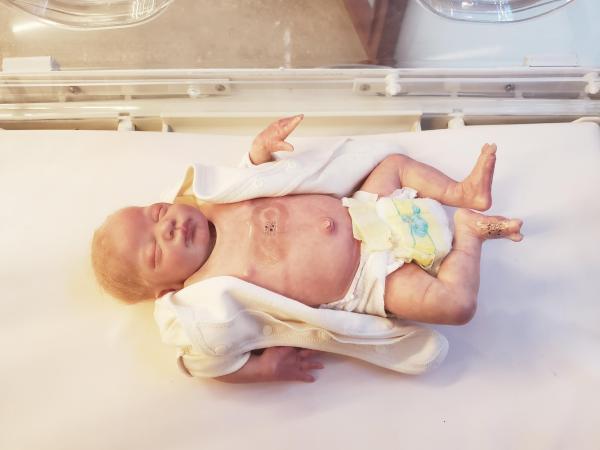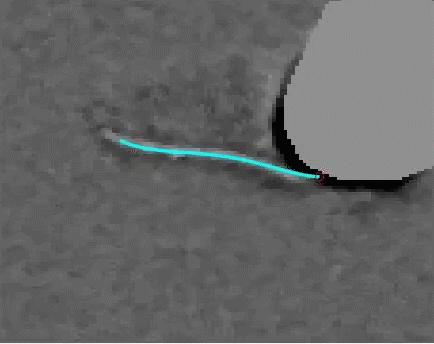Research into tropical eye worm yields new tests to assess safety of anti-filarial drugs
Researchers at the LSTM’s Centre for Drugs and Diagnostics, and University of Buea, Cameroon have developed new models of the tropical eye worm, Loa loa for the development of new drugs against filariasis. The research, led by Dr Joseph Turner at LSTM’s Department of Tropical Disease Biology, in collaboration with Professor Samuel Wanji’s team at…
Details









